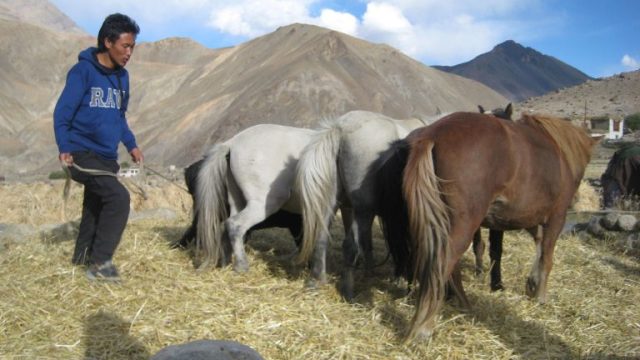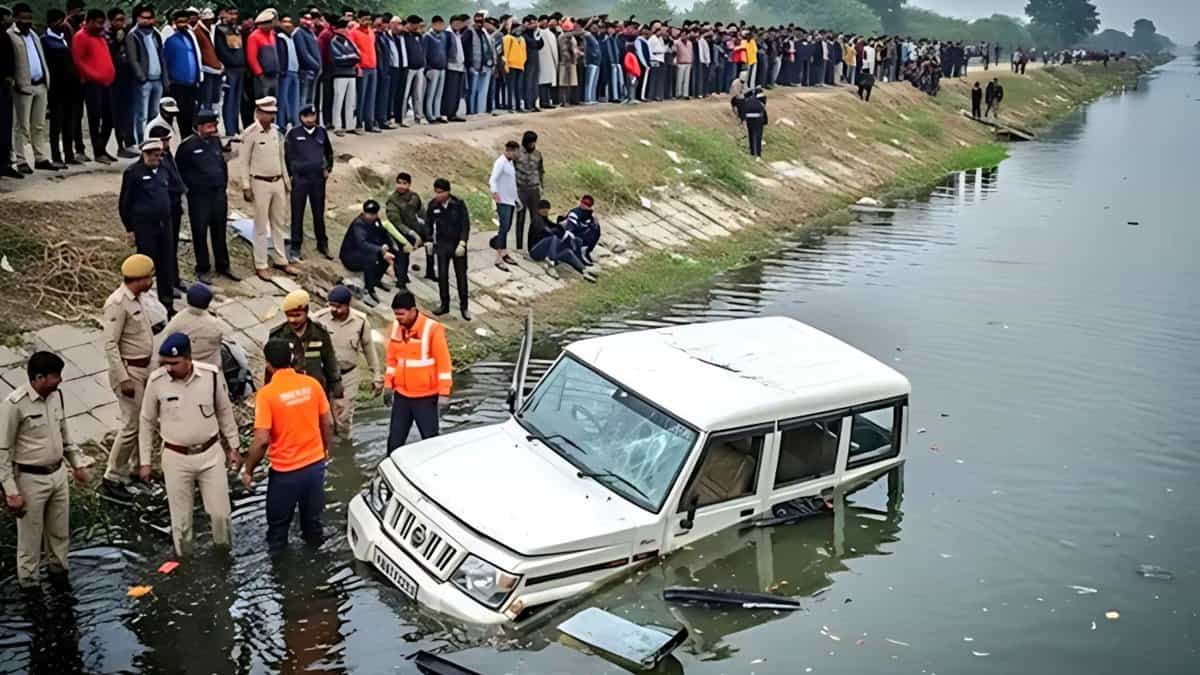They are the astro-ambassadors at Hanle, the country’s first dark sky reserve, who have taken up stargazing as a profession, giving astronomy enthusiasts and tourists a glimpse into the vast, deep universe through their telescopes.
“The Indian Astronomical Observatory (IAO) is located here, which has been a driving point for the declaration of the Hanle Dark Sky Reserve (HDSR). The local administrations came together with them to set this concept of astro-ambassadors rolling,’’ Rangdol Dorjey, one of the youths enrolled in this initiative, told PTI here.
The region around Hanle, along the border with China, has one of the darkest skies in the country and is home to the IAO of the Indian Institute of Astrophysics (IIA, Bengaluru).
A region of about 22 km radius around Hanle, inside the Changthang Wildlife Reserve, was declared as the HDSR in December 2022.
It is the first dark sky reserve in the country and is being operated through an MoU between the Union Territory (UT) of Ladakh, Ladakh Autonomous Development Council (LAHDC) Leh, and IIA.
“After the different stakeholders came together, they asked the Nambardar (village headmen) to collect applications from willing youths to train as astro-ambassadors. About 40 applicants applied for it, with 24 of us getting selected,’’ another astro-ambassador Kesang Dorjey said.
The selected youths are from the seven hamlets that together form Hanle village, with 70 per cent of the astro-ambassadors being women, Tsering Yangdol added.
Rangdol said they were imparted training for 15 days by the IIA on how to operate a telescope, look for the celestial bodies, etc., and also provided with an 8-inch telescope each, funded by UT Ladakh.
He said the area draws tourists for the IAO, the world’s tenth highest optical telescope in the world at present, located in the village, and Khardung La, the world’s second highest motorable pass, which is also nearby.
Tourists also came for wildlife spotting as the village is located within the wildlife reserve, Rangdol added. With the declaration of HDSR, the area is now receiving tourists for stargazing also, Yangdol said.
She said, “Favourites among the tourists are spotting the Milky Way, looking for Saturn, Jupiter and Pole Star, with the stargazing done mostly between 9 pm to 11 pm.”
“Dark moon nights are best for spotting the celestial bodies,” she added.
“Generally, the skies are clear here. But if there are clouds, we continue till past midnight also, as the skies clear out soon,’’ Yangdol said.
Though stargazing is not in itself a means of income to sustain a family at the moment, tourist footfalls have been increasing with this facility in Hanle gaining popularity through social media, Kesang said.
“Some of us also run homestays to add to our income. Source of income is limited here, and being selected as astro-ambassador has definitely helped increase our income,’’ he said.
Along with the rise in tourist arrivals, issues of sustainability are also being addressed by all stakeholders, including the IIA, administration and astro-ambassadors.
A HDSR Light Management Plan, which prescribes rules, guidelines and measures to keep light pollution inside HDSR to a minimum, complements astro-tourism.
Equipment like thick curtains, warm light bulbs, lampshades, etc., are being provided to each house inside the region by UT Ladakh.
“Sustainable tourism committees have been formed, which hold regular community meetings. Light pollution has to be manageable, and we are also working on awareness among the local people and visitors to maintain the uniqueness of the region,’’ Rangdol said.









